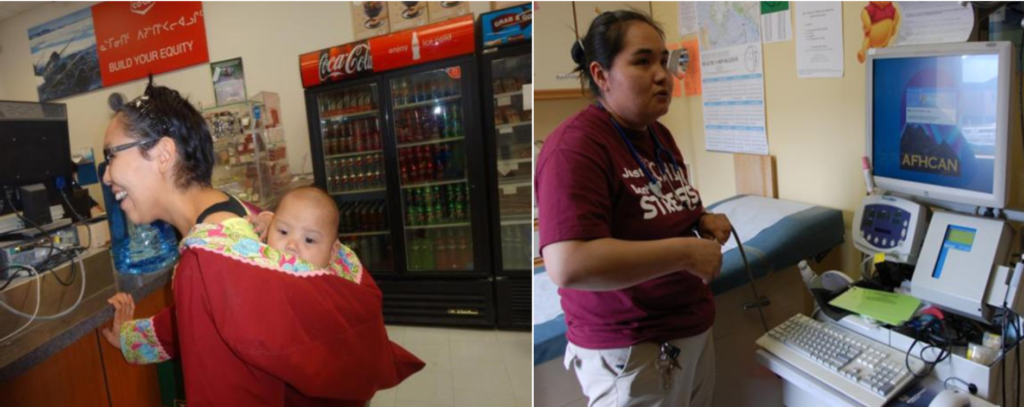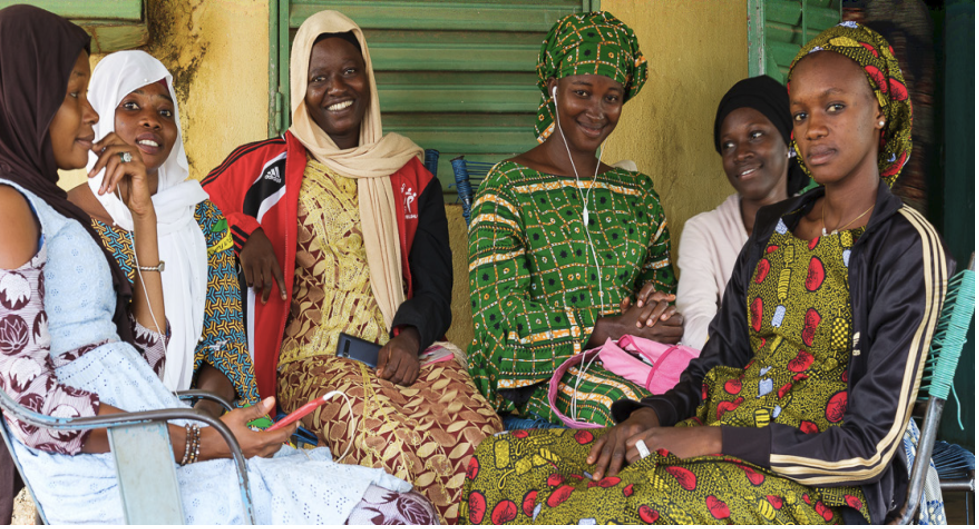Heather E. Hudson, Ph.D., J.D.
Professor Emerita, University of San Francisco, and Affiliate Professor and former Director, Institute of Social and Economic Research (ISER) University of Alaska, Anchorage
The importance of access to telecommunications in Indigenous communities and developing regions has been recognized since the 1970’s, when voice telephony was being extended via microwave and geostationary satellites to these regions. Criteria for access ranged from a public telephone in every village (e.g. Alaska) to a telephone within an hour’s walk (the ITU’s Maitland Commission, for developing regions1.)
With technological evolution, the definition of “basic service” also evolved from voice service to voice plus limited data, to broadband. Technologies now include smart phones with high speed mobile networks, fiber optics, and a variety of satellites including LEOs, as well as fixed wireless networks. Also, whether by necessity or choice, some communities have built and operated networks themselves, leading to a variety of community-generated innovations.
During the past several decades, a key question has remained “What difference did it make?” How did access to these various technologies and services result in changes in economic activities, access to social services, political engagement and cultural and linguistic preservation? These questions remain important today as governments and development agencies fund expansions or upgrades of broadband infrastructure in Indigenous and developing regions.
Yet with a renewed emphasis on infrastructure funding, there has been little attention to factors that could enhance or reduce the benefits of broadband for previously unserved or underserved communities.
Among these are:
- Sustainability
- Engagement
- Digital skills
Sustainability
Challenges in remote and developing regions can include extensive distances and challenging terrain as well as small and/or low-income populations. Will the new broadband services remain viable for providers and affordable for users in terms of operational revenue or subsidies? Is the network designed with sufficient capacity for future needs?
As in earlier eras, funders, whether government administrations or development agencies, tend to provide funds only for equipment and installation (Capex). They typically do not provide ongoing operating support (Opex). The U.S. is an exception, with various funds available to subsidize service to high cost and low-income customers. 2
Acceptance and adoption of new services may be influenced by participation in community selection and project planning. Were community members consulted on proposed broadband services, facilities, construction, etc.? Does the implementation and operation plan meet the community’s needs and aspirations? Are community members involved in monitoring and evaluation of services?
While engagement has been promoted for installation and evaluation of community Internet services, criteria may be vague or ignored. A community network project in the Asia/Pacific arbitrarily selected villages for satellite terminals matched with others without connectivity, sent in evaluators, and then removed facilities where the service was underutilized. It did not try to engage leaders in site selection or suggestions about where to move equipment to other villages that had expressed interest in participating in the project.3
Effective utilization of new services may require a digital literacy strategy to ensure that residents understand how to use online services and to handle issues such as fake content and threats to privacy.
Digital skills can also include ability to install, operate and maintain community networks. The Internet Society (ISOC) has hosted annual Indigenous Connectivity Summits in North America since 2017 that include workshops on how to install and maintain community networks.4
This training can result in local jobs. Indigenous participants in Canadian regulatory proceedings have urged that recipients of federal broadband funding be required to hire and train local residents to install and maintain their equipment. However, to date, no such requirements have been imposed.
Learning from experience with Community Networks
Research should be designed to understand what economic benefits may be derived directly or indirectly from use of a community network. Is there evidence of new jobs, economic activities, markets, savings in time or money? Are there intermediate changes such as learning new skills or exploring new techniques learned online that could be inferred to result in economic impact in the future?
Internet usage that could lead to longer-term impact could include students doing research online for school, adults taking courses online to finish high school or for continuing education, community members using online services to look for jobs or information relevant to their work as farmers, trades people, entrepreneurs, and parents, etc.
What can be learned about the demographic profiles of users, including early adopters? Is adoption widespread, or are there barriers such as cost, skills, or cultural norms? Is there evidence that the network can be sustainable such as significant adoption, plans to cover operating expenses, technical training to operate and maintain facilities?
The COVID pandemic accelerated the adoption of telemedicine and telehealth services, more than 40 years after early experiments. The reasons for delay were primarily not technology but institutional barriers. Would insurers pay for telemedicine? What about legal liability? And would health care providers be willing to “see” patients remotely? These questions are finally being answered.
Conclusion
Since the early days of community networks, we have learned about the benefits of connectivity, but many questions remain unanswered. Today, in the era of broadband connectivity, we still need to understand more about how and under what conditions use of community networks can contribute to social, economic, and cultural development:
For example:
- Can short term outcomes contribute to long term benefits?
- What do we know about early adopters and laggards, and do profiles of adopters change over time?
- What conditions are necessary for community networks to be sustainable?
- How can community members be involved in planning and evaluation of community networks?
- How can digital skills be incorporated in network implementation – both in user skills and in installation and operation of community networks?
A better understanding of these issues is important not only for policy makers and funders in the broadband era where governments, development agencies, and private industry are investing in infrastructure to extend access to broadband to rural, remote and Indigenous communities.


Dr Heather Hudson is Professor Emerita at the University of San Francisco, and Affiliate Professor of Communications Policy and former Director of the Institute of Social and Economic Research (ISER), University of Alaska Anchorage. Her research focuses on applications of information and communication technologies for socio-economic development, regulatory issues, and policies and strategies to extend affordable access to communications, particularly in Indigenous and developing regions. She has planned and evaluated communication projects in more than 50 developing countries and emerging economies, including the Pacific islands, the Caribbean, Asia, Africa and the Arctic. She has also consulted for many international and development organizations. Professor Hudson is the author of numerous articles and several books.




